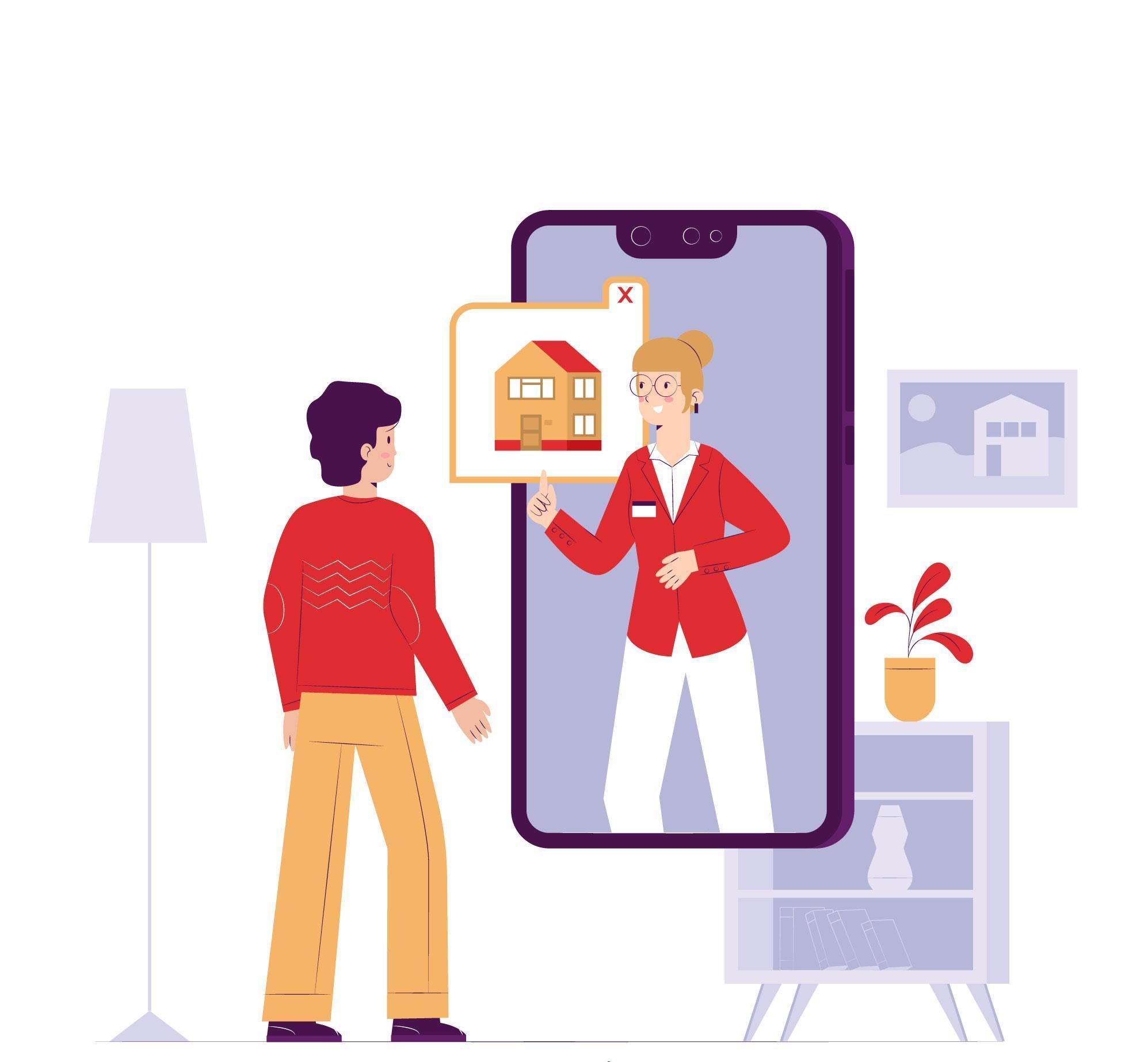How Do You Build an App Like Airbnb Today?

Creating a short-term rental platform like Airbnb takes more than just coding. It requires smart planning, clean design, user-focused features, and a solid tech stack. Whether you're a startup founder or part of a development agency, launching a peer-to-peer rental app that competes in today's market calls for the right strategy from day one.
This blog post breaks down the essential elements, steps, and features you need to consider when working on an Airbnb-style app.
Why Build an App Similar to Airbnb?
The success of Airbnb shows there's still space in the travel and property rental industry for new ideas. Users want platforms that make booking easier, help hosts manage listings, and offer flexible payment methods. With the right airbnb clone app development approach, you can build a well-performing app that connects travelers with hosts in a way that benefits both.
Creating a similar platform gives you a chance to enter a growing market with your own features or focus. You can target a niche audience, introduce new ways of booking, or improve the host experience. Whether you're aiming at vacation rentals, business stays, or short-term student housing, the model works well across sectors.
Core Features Every Airbnb-Like App Needs
Building an app like Airbnb isn’t just about replicating a layout. It’s about offering a strong set of features that make sense for both guests and hosts. Let’s break these down.
1. User Registration & Profiles
Let users create an account using email or social logins. Profiles should include basic information, a photo, and verification steps like phone number or ID.
2. Listings Management
Hosts need a way to add, edit, or remove listings. They should upload photos, write descriptions, set prices, choose available dates, and specify rules.
3. Search & Filters
Guests should easily find a property based on location, dates, number of guests, property type, price range, and other filters like WiFi, parking, or pet-friendliness.
4. Booking System
An in-app booking system should allow guests to select dates, see pricing (including service fees), and reserve instantly or request to book.
5. Payment Integration
Secure payment gateways (like Stripe or PayPal) are a must. Add support for various currencies, split payments between the platform and host, and ensure compliance with local tax rules.
6. Reviews & Ratings
After each stay, both guests and hosts should be able to leave feedback. This builds trust and helps other users make informed decisions.
7. In-App Chat
Let guests and hosts communicate directly in the app. This helps solve issues, answer questions, and confirm details before booking.
8. Calendar & Availability
Give hosts a calendar to manage availability and block dates. Syncing with external calendars (like Google Calendar or iCal) adds flexibility.
9. Push Notifications
Send real-time alerts for booking confirmations, messages, cancellations, and reviews.
10. Admin Dashboard
Your admin panel should control user accounts, handle reports or disputes, manage listings, and track payments or commissions.
See More: How Building an Airbnb Clone App Helps Property Owners?
Step-by-Step Process to Develop an Airbnb-Like App
Building a short-term rental platform isn't just about writing code — it starts with planning, setting goals, and structuring the project in the right order. Below is a practical step-by-step process to guide your Airbnb clone app development from idea to launch.
Step 1: Define Your Niche
Rather than going broad, start with a clear focus. For example:
-
Pet-friendly stays
-
Eco-friendly rentals
-
Rural weekend getaways
-
Corporate rentals
This helps you target a specific audience and differentiate your platform.
Step 2: Design the UI/UX
A smooth layout and simple navigation go a long way. Use wireframes to map out each screen — from login to booking confirmation. Keep the user journey short and logical.
Step 3: Choose the Right Tech Stack
Here’s a general setup:
-
Frontend: React Native (cross-platform), Swift (iOS), Kotlin (Android)
-
Backend: Node.js or Ruby on Rails
-
Database: PostgreSQL or MongoDB
-
Hosting: AWS, Google Cloud, or Azure
Use APIs for maps (Google Maps), payment (Stripe), and messaging (Twilio or Firebase).
Step 4: Start with an MVP
Build a Minimum Viable Product to test the market. Include must-have features like user accounts, listings, booking, and payment. Launching fast lets you get feedback early and adjust before scaling.
Step 5: Test Everything
Run multiple rounds of testing — including functional, UI, load, and security tests. Fix bugs and polish the experience before full release.
Step 6: Launch & Scale
Release the app on iOS and Android, then focus on marketing and partnerships. You can grow by:
-
Running local ads
-
Partnering with property owners
-
Using referral systems
-
Collecting and showcasing reviews
Final Thoughts
Launching an Airbnb-style app is a smart move if done right. Focus on real user needs, build a solid feature set, and create a smooth experience for both guests and hosts. Whether you're targeting a global audience or a specific niche, the peer-to-peer rental model still holds strong potential.
Start small, test fast, and improve with each release. With the right team and approach, your app can stand out in the crowded travel and property rental market.
- Art
- Causes
- Crafts
- Dance
- Drinks
- Film
- Fitness
- Food
- Jocuri
- Gardening
- Health
- Home
- Literature
- Music
- Networking
- Alte
- Party
- Religion
- Shopping
- Sports
- Theater
- Wellness


